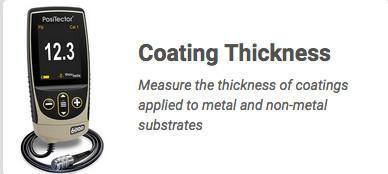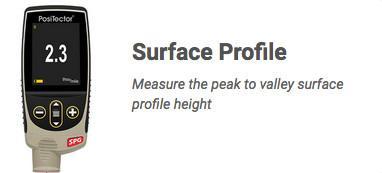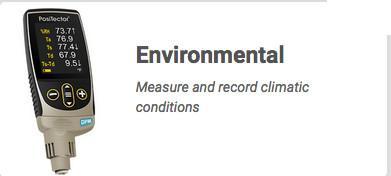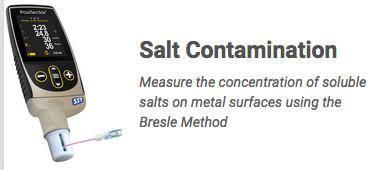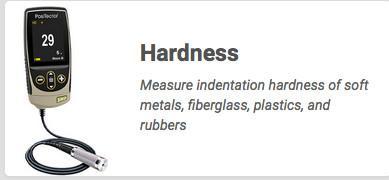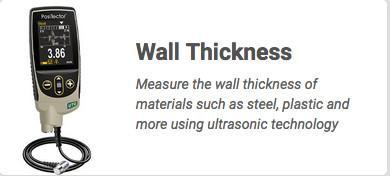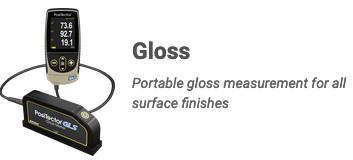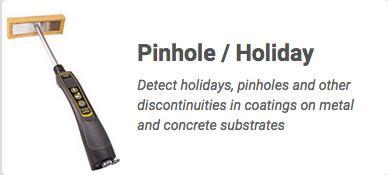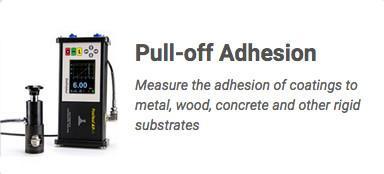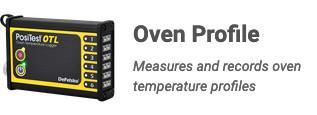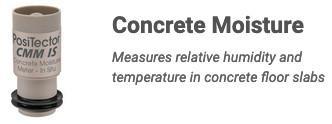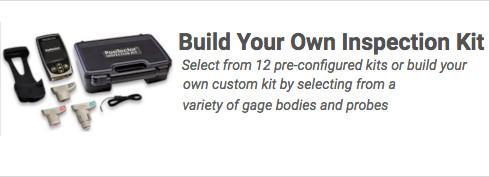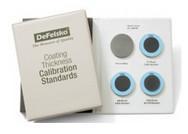7728
-
- Air Compressors
- Air Hammers & Breakers
- Augers
- Ceiling Grinders
- Chain Type Wall Saws
- Compaction
- Concrete Finishing
- Concrete Mixers
- Coring Machines
- Curb Formers
- Cutoff Saws
- Floor Sanders
- Generators Welders
- Grout Pumps
- Horizontal Boring
- Job SIte Storage
- Levels
- Light Towers
- Masonry Saws
- Material Handling
- Mixers
- Pressure Washers
- Rebar Cutters
- Saws
- Scaffolding & Ladders
- Siding Brakes
- Straw Blowers
- Surveying, Laser Levels
- Tile Saws
- Walk Behind Street Saws
- Wall Saws
- Water & Trash Pumps
- Concrete Vibrators
-
- Bench Grinders
- Bevelers
- Brakes
- Chamfering
- Deburring & Finishing
- Diamond Pattern Forming
- Drill Presses
- IronWorkers
- Lathes
- Metalworking Tooling
- Mills
- Phase Converters
- Pipe Notchers
- Power Sheet Metal Hammers
- Punchers & Nibblers
- Rolls
- Sanders & Polishers
- Saws
- Shears
- Sheet Metal Duct Forming
- Sheet Metal Notchers
- Shop Presses
- Surface Grinders
- Tool Sharpeners
- Tube Benders
- Vises & Clamps
- Weld Positioners
- Weld Shaver
- Welders, Bandsaw
- Welding
-
- Air Filtration and Exhaust
- Bandsaw Blades
- Bandsaws
- Clamps
- Dovetailing
- Drill Presses
- Dust Collection
- Edgebanders
- Floor Sanding
- Jointers
- Lathes
- Mortisers
- Panel Saws
- Phase Converters
- Planers - Moulders
- Power Feeders
- Sanding
- Shapers
- Stake Sharpening
- Table Saws
- Tool Sharpening
- Band Mills
- Line Boring
- Radial Arm Saws



